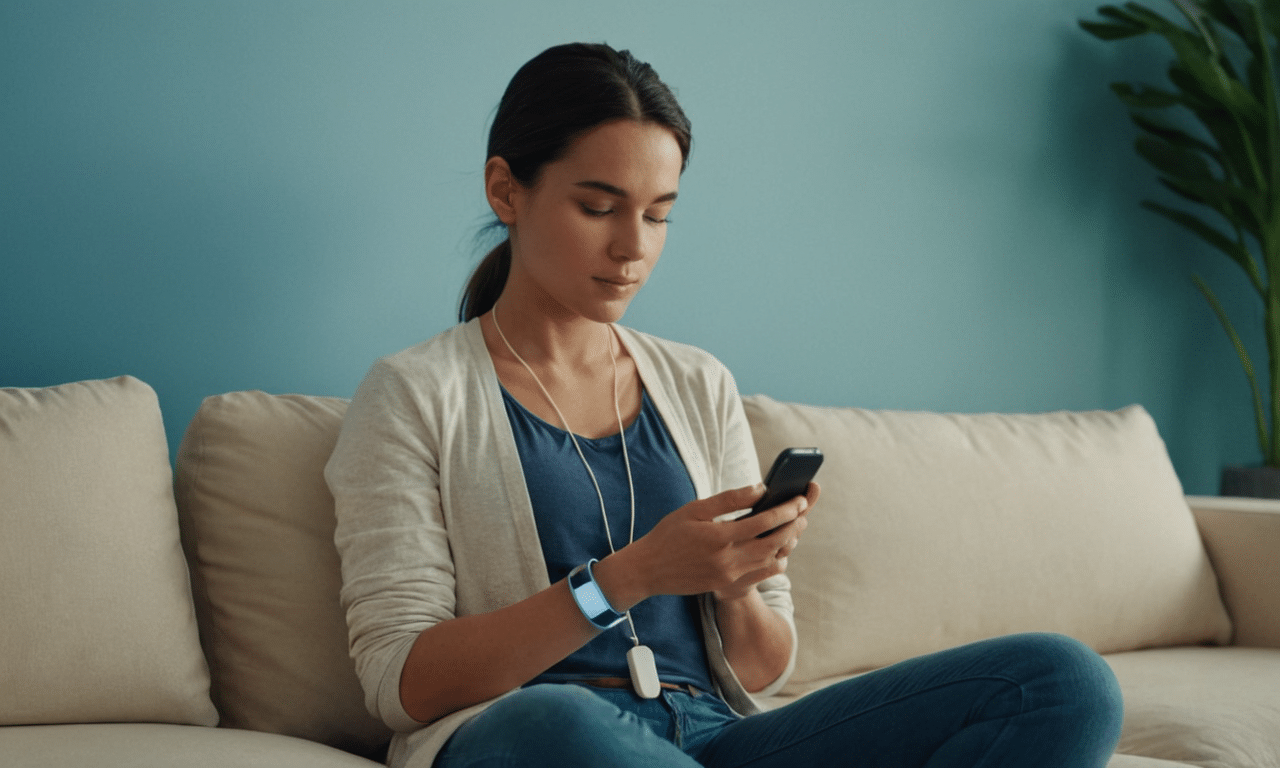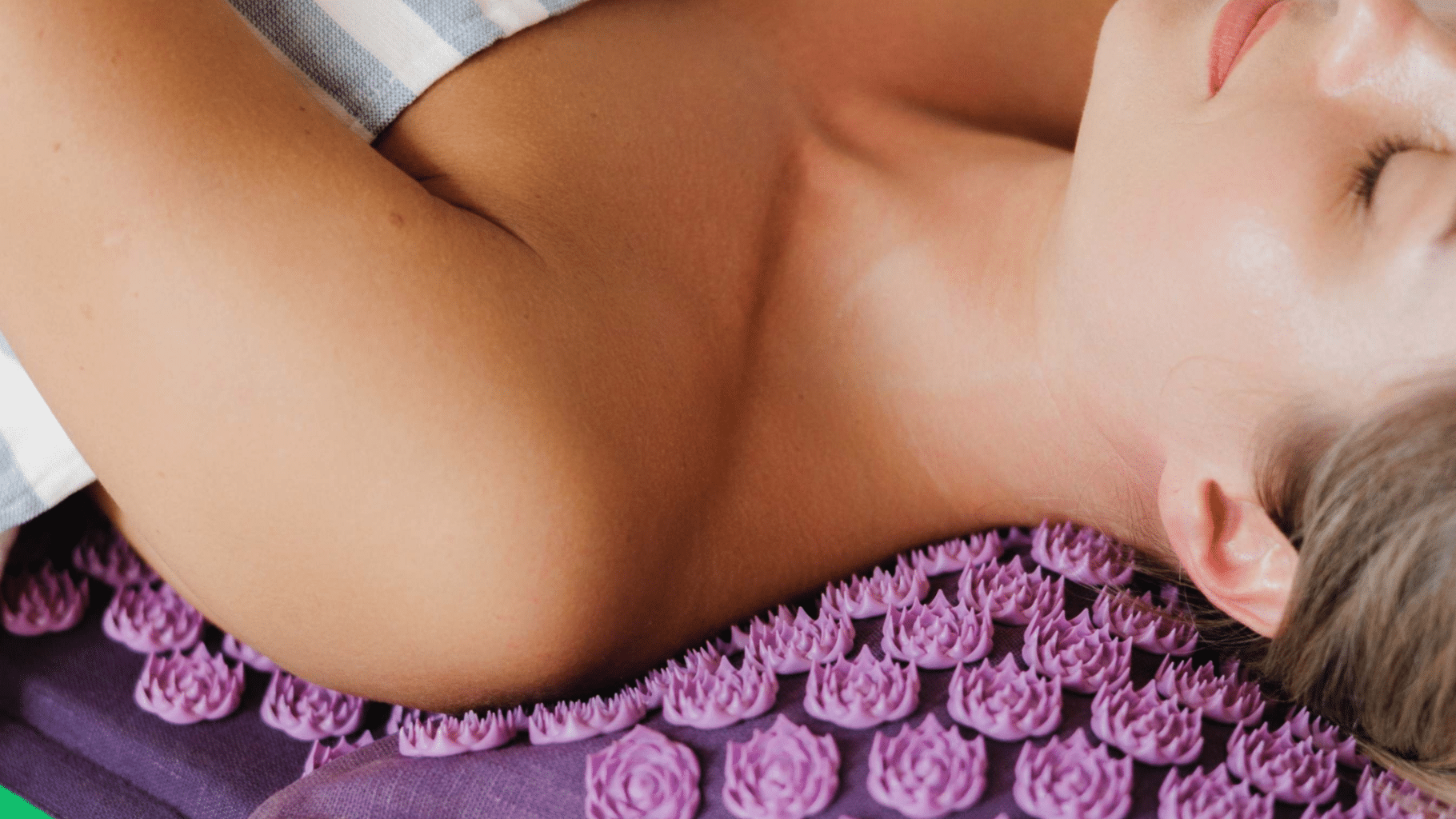Biofeedback has gained attention as a potential tool in managing anxiety symptoms, but what exactly is it, and how does it relate to our experience of anxiety? Let’s explore this fascinating connection and uncover its practical applications for a more balanced life.
How does biofeedback therapy help with anxiety symptoms?
Biofeedback therapy can help alleviate anxiety symptoms by providing real-time feedback on physiological responses like heart rate and breathing patterns. This awareness empowers individuals to recognize early warning signs of anxiety and take control, promoting relaxation and reducing stress levels.
Benefits of Biofeedback Therapy for Anxiety
- Symptom reduction: Decreases anxiety symptoms through real-time feedback.
- Mindfulness integration: Combines mindfulness practices with physiological insights.
- Routine relaxation techniques: Incorporates exercises like deep breathing and progressive muscle relaxation.
- Data-driven self-awareness: Provides real-time understanding of stress levels and physiological responses.
- Cognitive-behavioral therapy enhancement: Combines with CBT to rewire negative thought patterns and behaviors.
- Offers wearable devices and apps for tracking and regulation.
- Treats anxiety from multiple angles, including physiological, cognitive, and behavioral aspects.

Biofeedback Therapy for Anxiety
Biofeedback therapy for anxiety involves teaching your body to recognize and respond to internal signals. This might sound high-tech, but it’s really all about getting in tune with what’s happening inside you. Specialized machines measure physiological functions, like heart rate or muscle tension, and provide real-time feedback. These interactive tools can help you understand how stress affects your body.
Relaxation techniques such as deep breathing, progressive muscle relaxation, and guided imagery often complement biofeedback sessions. Imagine lying on a beach while a machine tracks your heart rate—sounds like pure bliss, right? These activities make the whole biofeedback process more enjoyable and effective. The data you get can show how these techniques impact your physiology.
Integrating mindfulness into biofeedback may also produce remarkable results. Mindfulness practices help you stay grounded in the present moment, something people with anxiety often struggle with. This can be a game-changer in managing anxiety symptoms. If you’re curious to learn more, check out biofeedback therapy for anxiety.
Biofeedback Technology for Anxiety
Biofeedback technology makes this therapy accessible to just about anyone. Devices like heart rate variability (HRV) monitors can track physiological changes and send that information to your smartphone. That’s right, your phone can now measure your stress levels—it’s come a long way from just texting and Angry Birds!
HRV is a popular focus because it offers valuable insights into your stress levels. Low HRV can mean you’re stressed out, whereas high HRV can indicate a more relaxed state. Various devices measure HRV, providing real-time feedback to help regulate anxiety symptoms. For those interested in diving deeper, these best biofeedback devices might pique your interest.
Other biofeedback tools include skin conductance sensors, which measure how much you sweat, and electroencephalogram (EEG) devices, which monitor brain waves. These gadgets are designed to fit into your regular routine, whether you’re at work, home, or even out for a jog. How’s that for convenient mental health care?
Combining Biofeedback with Traditional Therapy
If you’ve already tried traditional therapies like cognitive-behavioral therapy (CBT), adding biofeedback could enhance your treatment. CBT focuses on changing negative thought patterns, while biofeedback provides data on how those thoughts affect your body. It’s like a dynamic duo fighting anxiety together.
How does this partnership work? Think of it as a superhero team-up, but instead of capes, you have relaxation techniques and behavioral strategies. Biofeedback offers real-time understanding of your physical responses, while CBT helps rewire your thinking. Together, they can provide a more holistic approach to managing anxiety.
Patients often report better outcomes when combining these therapies. You’ll get the mental tools from CBT and the physiological insights from biofeedback. This isn’t just double the effort; it’s double the power in reducing anxiety symptoms. Add in some relaxation exercises, and you’ve got a well-rounded strategy to tackle anxiety from multiple angles.
Biofeedback in Daily Life
Integrating biofeedback into your daily routine doesn’t have to be complicated. Start with simple techniques like using apps that provide real-time feedback on your physiological state. Some of these apps are designed to be as user-friendly as a game of Candy Crush, so you won’t be tearing your hair out trying to figure them out.
Wearable devices, like HRV monitors or smartwatches, can help you track your stress levels throughout the day. These gadgets provide tangible data, showing when you’re most stressed and when you’re relaxed. Think of it like having a pocket-sized stress therapist with you at all times.
Make biofeedback part of your daily habits by setting aside a few minutes each day for relaxation exercises. Even a quick session can help recalibrate your stress levels. Plus, it gives you an excuse to take a breather from your hectic schedule, which is always a win. Add biofeedback to your well-being toolkit and see how it improves your anxiety management.
| Feature | Description | Importance |
|---|---|---|
| Biofeedback Therapy | Teaches your body to recognize and respond to internal signals. | High |
| Relaxation Techniques | Deep breathing, progressive muscle relaxation, and guided imagery. | Medium |
| Mindfulness Integration | Helps stay grounded in the present moment. | High |
| Biofeedback Technology | Devices like HRV monitors provide real-time feedback. | Medium |
| Combining with Traditional Therapy | Cognitive-behavioral therapy (CBT) and biofeedback. | High |
Personal Thoughts
As I reflect on my own struggles with chronic stress and anxiety, I’m reminded that small victories are what truly matter. By taking control of my biofeedback and stress management, I’ve learned to appreciate the quiet moments of calm amidst chaos.
For me, it’s not about achieving some grand sense of peace or eliminating stress altogether – it’s about finding a balance that allows me to show up fully in my daily life. And as I continue to share my insights and experiences with others, I hope they’ll find solace in knowing they’re not alone in their struggles.
Frequently Asked Questions
What is the relationship between anxiety and biofeedback therapy?
Biofeedback therapy can help individuals with anxiety by providing them with real-time feedback on their physical responses to stressors. This awareness allows them to develop new coping mechanisms, such as relaxation techniques, to manage their anxiety symptoms. Biofeedback can also help individuals identify patterns of physiological arousal that contribute to their anxiety and teach them how to interrupt these patterns.
How does biofeedback technology work for anxiety management?
Biofeedback technology uses sensors to monitor an individual’s physical responses, such as heart rate, blood pressure, or skin conductance, in real-time. This information is then provided to the individual through a visual display, allowing them to become aware of their bodily responses and make conscious changes to manage their anxiety symptoms. Common biofeedback technologies used for anxiety management include heart rate variability training and neurofeedback.
Can biofeedback be used as a standalone treatment for anxiety or should it be combined with other therapies?
Biofeedback is often used in conjunction with other therapies, such as cognitive-behavioral therapy (CBT), mindfulness-based stress reduction (MBSR), or relaxation training. This combination approach can enhance the effectiveness of biofeedback by providing individuals with a comprehensive treatment plan that addresses both their physical and emotional responses to anxiety-provoking situations.
Can I use biofeedback at home to manage my anxiety?
Yes, many biofeedback technologies are designed for home use, allowing individuals to practice self-regulation techniques in the comfort of their own homes. These devices can be used with or without the guidance of a healthcare professional and provide a convenient way to monitor and manage anxiety symptoms outside of therapy sessions.




